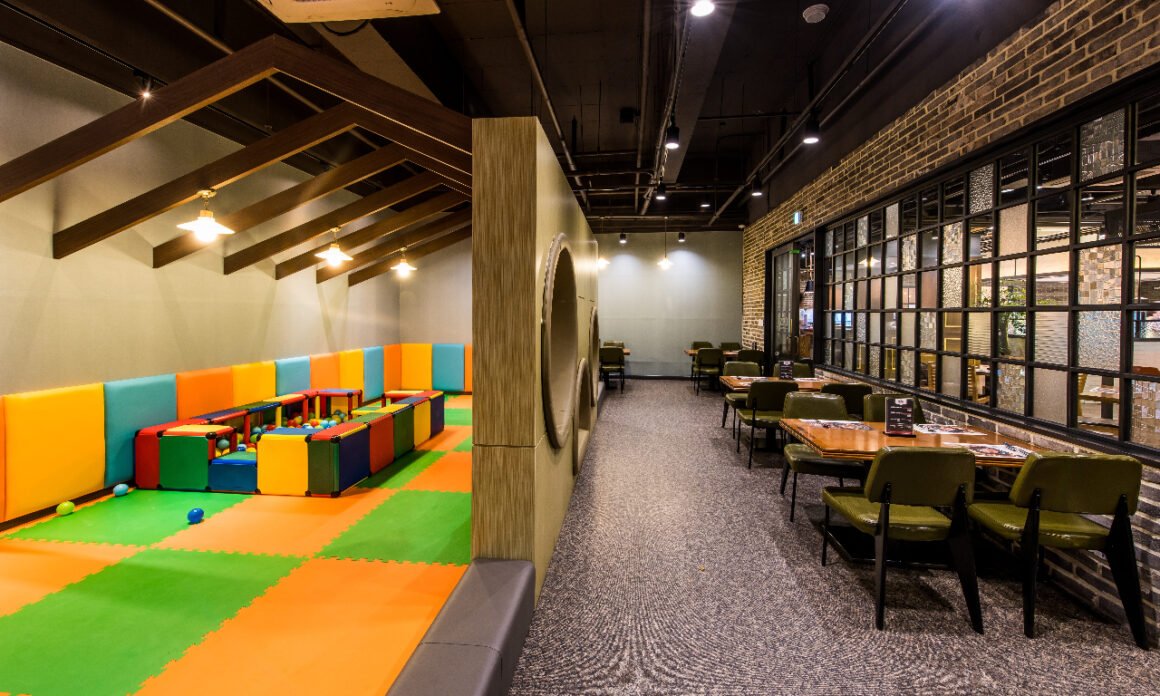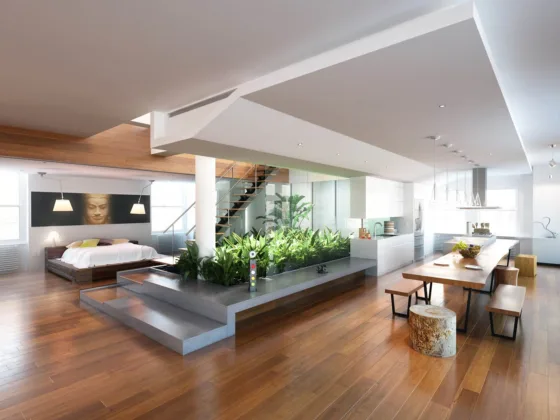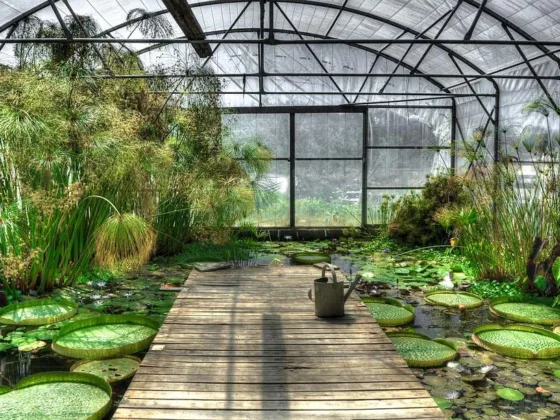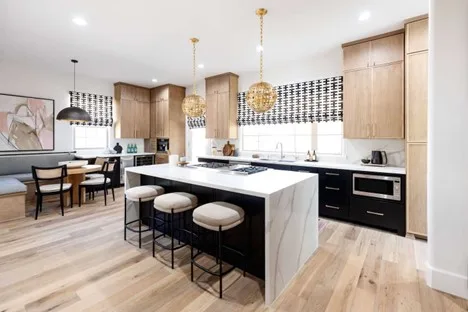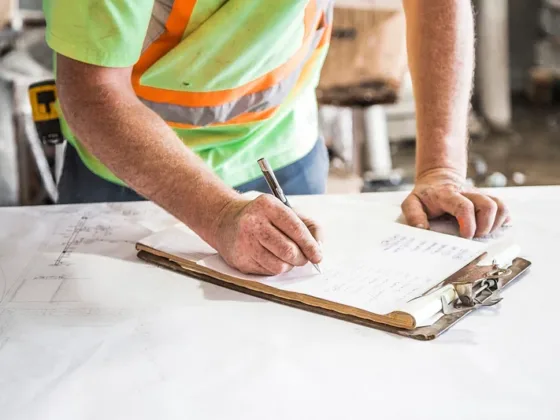Table of Contents Show
Childhood is a magical phase of life where imagination knows no bounds. It’s a time when the simplest objects can become a rocket ship, a cardboard box can turn into a fortress, and a patch of grass transforms into a kingdom.
As adults, we have the privilege and responsibility to foster this vibrant imagination and create spaces where children can truly thrive. This is where the concept of child-friendly spaces comes into play – areas designed to inspire creativity, exploration, and endless fun.
CK Architecture is one of the premier interior design companies in dubai that specialize in renovating residential and commercial places. In this blog post, we will delve into the art of designing child-friendly spaces, where imagination comes alive.
The Power of Play
Play is the cornerstone of childhood development. It’s not just about having fun; it’s a vital way for children to learn, discover, and develop crucial skills. When designing child-friendly spaces, the power of play should be at the forefront of our minds.
These spaces should facilitate various types of play – from physical activities that enhance gross motor skills to imaginative play that fuels cognitive development.
Incorporating Play Zones: Child-friendly spaces should ideally feature different play zones, each catering to a specific type of play. Active play areas could include climbing structures, swings, and slides, promoting physical growth and coordination.
Quiet corners could offer cozy reading nooks, art stations, or building blocks, nurturing creativity and cognitive skills.
Multisensory Stimulation: Children learn best when engaging all their senses. Incorporating elements that appeal to sight, touch, sound, smell, and even taste (safe, of course) can greatly enhance the overall play experience.
Vibrant colors, textured surfaces, musical features, and scented plants can awaken and stimulate various senses, making the space more engaging and enriching.
Read Also:
The Role of Nature
Nature has a profound impact on a child’s development. It provides endless opportunities for exploration and discovery. Integrating natural elements into child-friendly spaces can open up a world of wonder and create a connection to the environment.
Natural Play Materials: Incorporating natural materials such as wooden structures, boulders, and water features not only stimulates creativity but also fosters a sense of appreciation for the natural world. Children can build, dig, and interact with these elements in ways that artificial structures simply can’t replicate.
Green Spaces: Having greenery in child-friendly spaces offers more than just aesthetic value. It provides a space for children to learn about plants, insects, and the ecosystem. It can also serve as a calm retreat where children can observe, reflect, and connect with nature.
Designing for Safety
Creating child-friendly spaces is not just about fun and games; safety is of paramount importance. The design should minimize potential hazards while still providing room for exploration and adventure.
Soft Surfaces: Since falls are a common occurrence during play, ensuring that the play area has soft, cushioned surfaces is essential. This could mean using materials like rubber mulch or artificial turf to reduce the risk of injuries.
Age-Appropriate Features: Children of different ages have varying abilities and interests. Designing spaces that cater to different age groups ensures that everyone can enjoy the area safely.
Younger children might benefit from lower climbing structures and simpler play features, while older ones can handle more complex challenges.
Encouraging Imagination
Childhood imagination is a precious asset that should be nurtured and celebrated. Child-friendly spaces should be designed to spark and encourage imaginative play.
Open-Ended Play Equipment: Providing play equipment that doesn’t dictate a specific use allows children to interpret and use it in creative ways. For instance, a simple wooden platform can become a pirate ship, a castle tower, or a space station – the possibilities are limitless.
Themed Play Areas: Introducing themed areas can transport children to different worlds within the same space. A corner designed like a jungle can ignite exploration and adventure, while a space resembling a market can encourage role-playing and social interaction.
The Magic of Inclusivity
Child-friendly spaces should be welcoming to children of all abilities. Inclusivity is a core principle that ensures every child can participate and enjoy the space.
Accessible Design: The layout and features of the space should be designed with accessibility in mind. This includes ramps for wheelchair access, sensory elements for children with special needs, and thoughtful consideration of different abilities in play equipment.
Social Interaction: Inclusivity also extends to social interaction. Design elements that facilitate collaborative play, such as group swings or shared building areas, encourage children to interact and learn from one another, regardless of their abilities.
Community Involvement
Designing child-friendly spaces is not a one-size-fits-all endeavor. Involving the community, including parents, children, and educators, can lead to more effective and beloved spaces.
Listening to Feedback: Collecting input from the people who will use the space can lead to insights that might not have been considered otherwise. Children might have innovative ideas, parents can provide practical input, and educators can contribute insights into how the space can support learning.
Evolving Spaces: Child-friendly spaces should be seen as living entities that can evolve over time. Regular updates and modifications based on usage patterns and feedback can keep the space exciting and relevant.
Conclusion
Designing child-friendly spaces is a labor of love that involves understanding the needs and desires of children while also prioritizing safety and inclusivity. These spaces become the backdrop for countless adventures, where children’s imaginations run wild and their skills flourish.
As designers, parents, and caregivers, it’s our responsibility to create environments that not only nurture their growth but also celebrate the magic of childhood – where imagination truly comes alive.
By embracing the principles of play, nature, safety, inclusivity, and community involvement, we can craft spaces that leave a lasting impact on the children who inhabit them.
